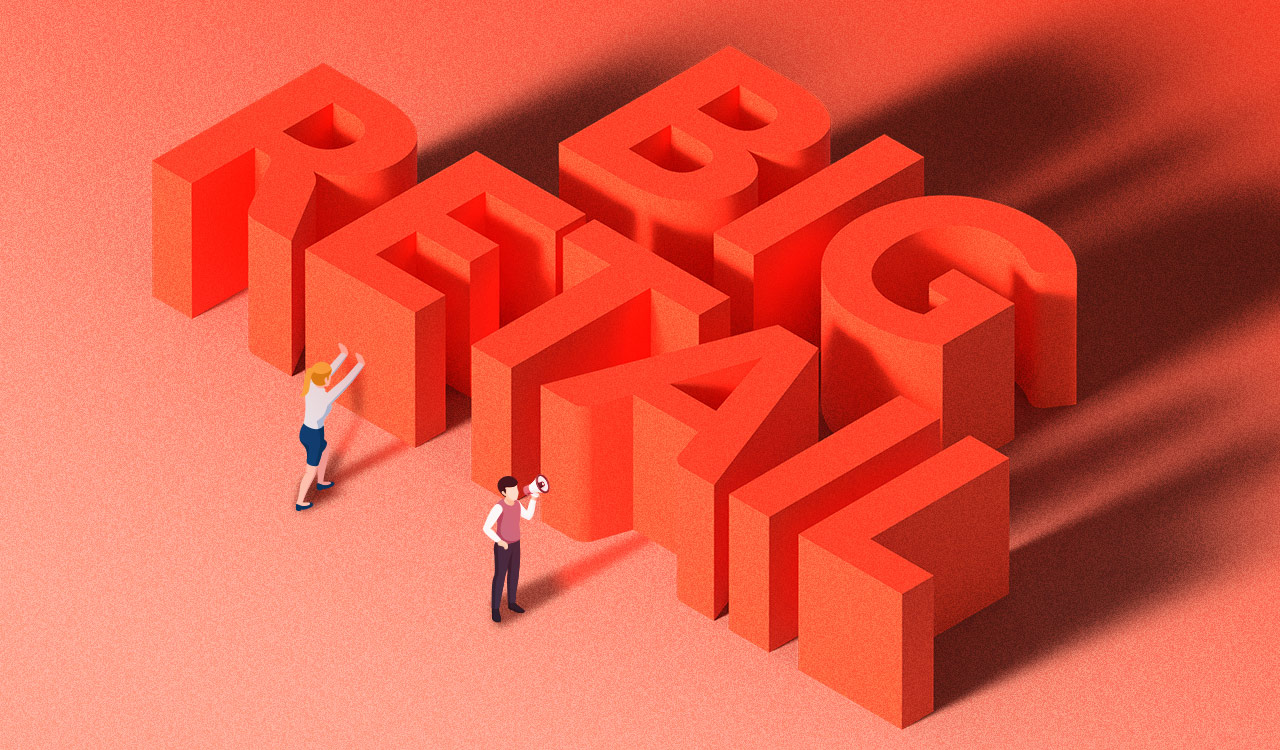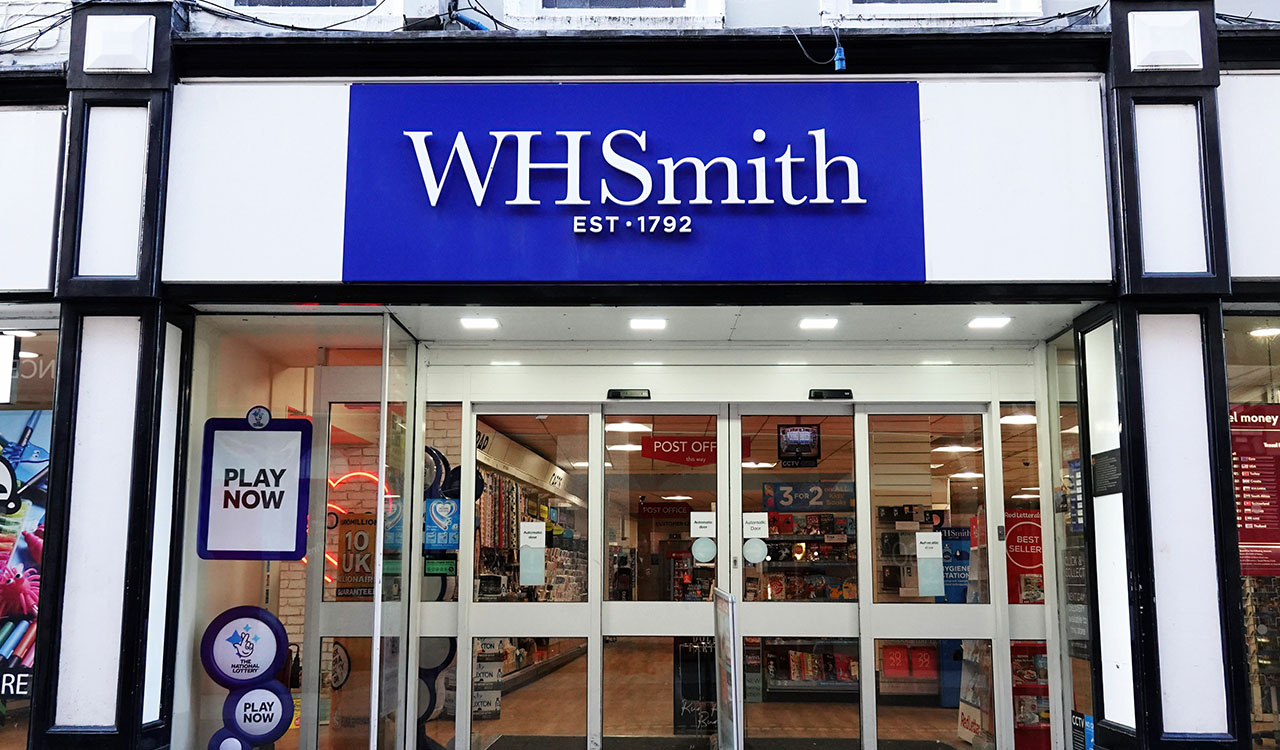Q: How many paid subscriptions do you have?
A: Chances are, you have no idea.
Q: Well, how much do you think you spend per month on these subscription services?
A: Whatever your guess, double it and then multiply by two.
These aren’t trick questions. In today’s retail landscape, there’s a quiet revolution underway, and it’s not just about what we buy but how we buy it. The rise of the trillion-dollar “Subscription Economy” has quietly transformed consumer spending habits, with Americans spending an average of $219 per month on subscription services, according to a C+R Research study. That average means many consumers are regularly spending upwards of $500 or more a month on services for things that just a few years ago they weren’t buying at all.
Chances are that most consumers are unaware of the extent of their subscription spending. In fact, a recent survey by Chase Bank found that two-thirds of consumers admit to forgetting about at least one recurring payment they’ve signed up for in the last year. It’s a testament to the power of the subscription model, where businesses benefit from our lapses in attention … and memory.
Behind the scenes, this trend is actively reshaping the retail industry. Subscriptions accounted for $650 billion in 2020 and UBS recently estimated that the entire subscription economy will skyrocket to $1.5 trillion by 2025. But it’s not just about monthly streaming services anymore. From the Mister Car Wash Unlimited Club to HelloFresh meal subscriptions and even Taco Bell’s $10 monthly subscription for a daily taco, many retailers are already consistently finding new ways to tap into this cultural and economic zeitgeist.
It’s the Inattention Subscription Economy
The most amazing thing about the subscription phenomenon is that a large part of its success is predicated on basic human inattentiveness. Chances are that most consumers are unaware of the extent of their subscription spending. In fact, a recent survey by Chase Bank found that two-thirds of consumers admit to forgetting about at least one recurring payment they’ve signed up for in the last year. It’s a testament to the power of the subscription model, where businesses benefit from our lapses in attention … and memory.
The impact of the inattentive subscriber prompted the National Bureau of Economic Research (NBER) to recently release a white paper looking into the role of inattentive consumers and their relationship to retailers and the subscription services they offer. The results are nothing less than fascinating. Consider this excerpt from the study (the italicized portion is my own for emphasis):
“Retailers are increasingly selling goods and services via subscriptions instead of spot markets … We estimate that inattention and more passive renewal leads to a substantial increase in revenues for subscription services, which could be as high as three times greater than the revenues they would receive if subscribers were fully attentive and made an active renewal decision every month.”
At Your Service
The boom in subscription services is blowing up for a couple of reasons. First off, stores are stocking up more on digital products and services (think Etsy selling a digital dress pattern or Best Buy selling a virtual Home Depot gift card!) and that’s becoming a bigger chunk of what they sell. Since digital offerings are a perfect match for subscription deals, it’s making subscriptions even more popular.
On the demand side, there has been a discernible uptick in the prioritization of convenience among consumers. Most people want things to be easy and straightforward, and that’s where subscriptions literally fit hand-in-glove; they’re hassle-free with a smooth UX and deceptively hard opt-out policies.
Amazon Prime is the poster child for how a retailer can successfully navigate this shift, capturing and monetizing the subscription trend with finesse; it provides a valuable lesson for other retailers seeking to navigate the subscription landscape. While it started as a service for fast and free delivery, it has evolved into a comprehensive offering, including streaming services, premium ad-free streaming, exclusive discounts, and early access to sales.
But Amazon is Amazon. In today’s report, we are going to look at ten ways in which a range of retailers are cashing in on the subscription economy, and in doing so, deepening their relationships with their consumers.
10 Ways to Cash In
1. Experiential Subscription Services
Retailers can offer subscription services that go beyond tangible products, providing customers with unique experiences, events, or access to exclusive perks. This deepens the emotional connection with the brand and fosters long-term engagement.
Example: Disney+ offers a service that not only provides access to a vast library of movies and TV shows but also includes exclusive content like original series and early access to blockbuster films. This experiential element adds significant value to the subscription beyond just content, creating a more immersive entertainment experience for subscribers. Following the Disney example, retailers can offer experiences that resonate with their target audience, building stronger bonds with customers beyond a more traditional transactional relationship.
2. Ancillary Subscription Services
Retailers can introduce subscription services with ongoing benefits like free shipping and returns, exclusive discounts, and personalized recommendations. The key is to go beyond the basic product delivery model.
Example: Amazon Prime. Early innovator, behemoth Amazon’s Prime service offers a subscription service that extends beyond fast shipping to include additional perks like access to streaming services, exclusive deals, and more. This ancillary approach enhances the overall value of the subscription beyond transactions and delivery benefits.
3. Product Subscriptions
Offering subscriptions for individual products consumers regularly use guarantees a consistent revenue stream for retailers while providing convenience for customers.
Example: The Dollar Shave Club provides a monthly subscription service for razor blades, ensuring customers receive regular shipments of a product they frequently use. This subscription model guarantees a steady revenue stream for the company while offering convenience to customers who don’t have to worry about running out of blades.
4. Product-related Content Subscriptions
Retailers can bundle exclusive content or premium services with products, creating a more immersive and valuable subscription experience, including sampling.
Example: Glossybox offers a beauty subscription service that not only delivers beauty products but also includes related content such as beauty tips and tutorials. This bundled approach enhances the subscription experience by providing valuable content alongside physical products.
5. Loyalty Programs with Subscription Elements
Integrating subscription-like features into loyalty programs adds value for customers, fostering trust and generating recurring revenue for retailers.
Example: Starbucks Rewards integrates membership-like features into its loyalty program allowing customers to earn rewards and enjoy personalized perks based on their purchases. This subscription approach encourages loyalty and repeat business by offering exclusive benefits to subscribers.
6. Rental Subscriptions
Exploring rental subscriptions for temporary needs, like fashion items, tools, or electronics, provides sustainable and cost-effective alternatives for consumers.
Example: Rent the Runway was a pioneer in rental subscription for fashion, allowing customers to access an extensive wardrobe closet without the commitment of ownership. This subscription model caters to temporary needs and offers a sustainable alternative to traditional fast-fashion consumption. Although RTR has been challenged since going public, it has spawned an entire sector of rental brands.
7. Customization and Personalization
Leveraging subscription models to provide personalized experiences, such as curated product recommendations, enhances customer satisfaction and loyalty.
Example: Stitch Fix was one of the first to utilize a subscription model to provide personalized clothing selections based on individual style preferences. Although the brand is struggling since going public, their level of customization enhances customer satisfaction by delivering curated product recommendations tailored to each subscriber’s taste. Regardless of the company’s recent struggles, the new business model it helped usher in is likely to stick around for quite some time.
8. Software as a Service (SaaS) Models
Adopting subscription-based models for software services enables retailers to stay digitally relevant and meet evolving customer needs.
Example: Adobe Creative Cloud offers a subscription-based model for its software services, providing users with access to the latest creative tools and updates. This approach ensures customers stay digitally equipped while generating recurring revenue for the company.
9. Auto-Replenishment Programs
Encouraging customers to join auto-replenishment programs ensures a steady stream of revenue. Think of everything from laundry detergent, cosmetics, and fragrances to luxury lingerie.
Example: Nespresso encourages customers to join its auto-replenishment program for coffee capsules, ensuring a continuous supply of their favorite coffees. This subscription model creates a seamless, convenient experience for coffee enthusiasts, repeat business, and enhances customer convenience.
10. Collaborations and Partnerships
Joining forces with other brands or service providers to create joint subscription offerings broadens the subscription appeal and provides customers with comprehensive packages.
Example: Apple One is a subscription bundle that combines multiple Apple services, including Apple Music, Apple TV+, and iCloud storage. This collaboration of services from a single provider offers customers a comprehensive package, simplifying their digital subscriptions.





